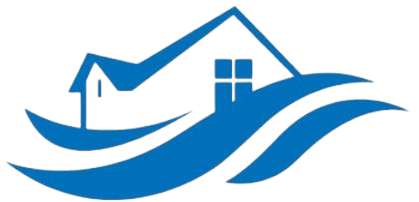Heating Unit Mold Cleanup in Lake Doe, Florida
Possible causes of this issue
Heating unit mold growth in Lake Doe can often be traced back to excess moisture and inadequate ventilation. When humidity levels rise inside a home, especially during humid Florida summers, mold spores find the perfect environment to thrive. If your heating system isn’t properly maintained or vented, moisture can accumulate around the unit, creating conditions ripe for mold development.
Another common cause is water leaks or condensation buildup within or around the heating system. Leaking pipes, clogged filters, or damaged ductwork can introduce moisture into the system, fostering mold growth. Over time, this mold can spread quickly, contaminating air quality and posing health risks to residents. Recognizing these causes early is key to preventing extensive damage and health issues.
How can we fix that
Our team begins with a thorough assessment of your heating unit and surrounding areas to identify mold presence and sources of moisture. We utilize advanced moisture meters and inspection tools to locate hidden mold colonies that may not be immediately visible. This allows us to develop a targeted remediation plan tailored to your specific situation.
Next, we focus on comprehensive mold removal and cleaning. Our experts employ EPA-approved fungicides and antimicrobial treatments that effectively eliminate mold spores and prevent future regrowth. We also clean and disinfect your heating system components, including ducts, filters, and vents, to restore safe and healthy air quality.
After the cleaning process, we address any underlying issues such as leaks or ventilation problems. We repair or replace damaged parts, improve airflow, and ensure your heating system operates efficiently with minimal moisture retention. This proactive approach helps prevent mold from returning and extends the lifespan of your heating unit.
Why are we the best in that case
Our team has extensive experience in mold cleanup and heating system restoration, particularly within Lake Doe and the surrounding areas. We understand the unique climate challenges Florida presents and how they impact heating unit maintenance and mold growth. With our in-depth knowledge, we provide fast, reliable solutions that work for local homeowners.
We prioritize safety and customer satisfaction above all. Our technicians use cutting-edge equipment and environmentally friendly treatments that remove mold without harsh chemicals or odors. We keep our clients informed throughout the process, offering clear guidance and transparent pricing. Your health, comfort, and peace of mind are our top priorities.
Furthermore, our commitment to quality and professionalism makes us a trusted local service provider. We’re fully licensed and insured, ensuring accountability and peace of mind for every job we undertake. When you choose us, you’re getting a dedicated team that stands behind our work with guaranteed results.
Frequently Asked Questions
What are the signs of mold growth in my heating unit?
Common signs include a musty odor, visible mold spots, increased allergy symptoms, or poor air quality. If your heating system appears damp or has visible mold, call us at (888) 884-7150 for an inspection.
Is mold around my heating system dangerous?
Yes, mold spores can cause respiratory issues, allergies, and other health problems, especially for vulnerable individuals. Professional cleanup is essential to ensure your home remains safe and healthy.
How long does mold removal typically take?
The duration depends on the extent of mold growth and the complexity of the system. Most jobs are completed within one to three days, ensuring minimal disruption to your daily routine.
Can I clean mold myself around my heating system?
While minor mold issues can sometimes be handled with household cleaners, it’s safest to hire professionals for extensive contamination. Improper cleaning can spread mold spores and worsen the problem.
How can I prevent mold from growing in my heating unit?
Regular maintenance, controlling indoor humidity, and ensuring proper ventilation are key. Schedule routine inspections and address leaks or moisture problems promptly to keep mold at bay.
